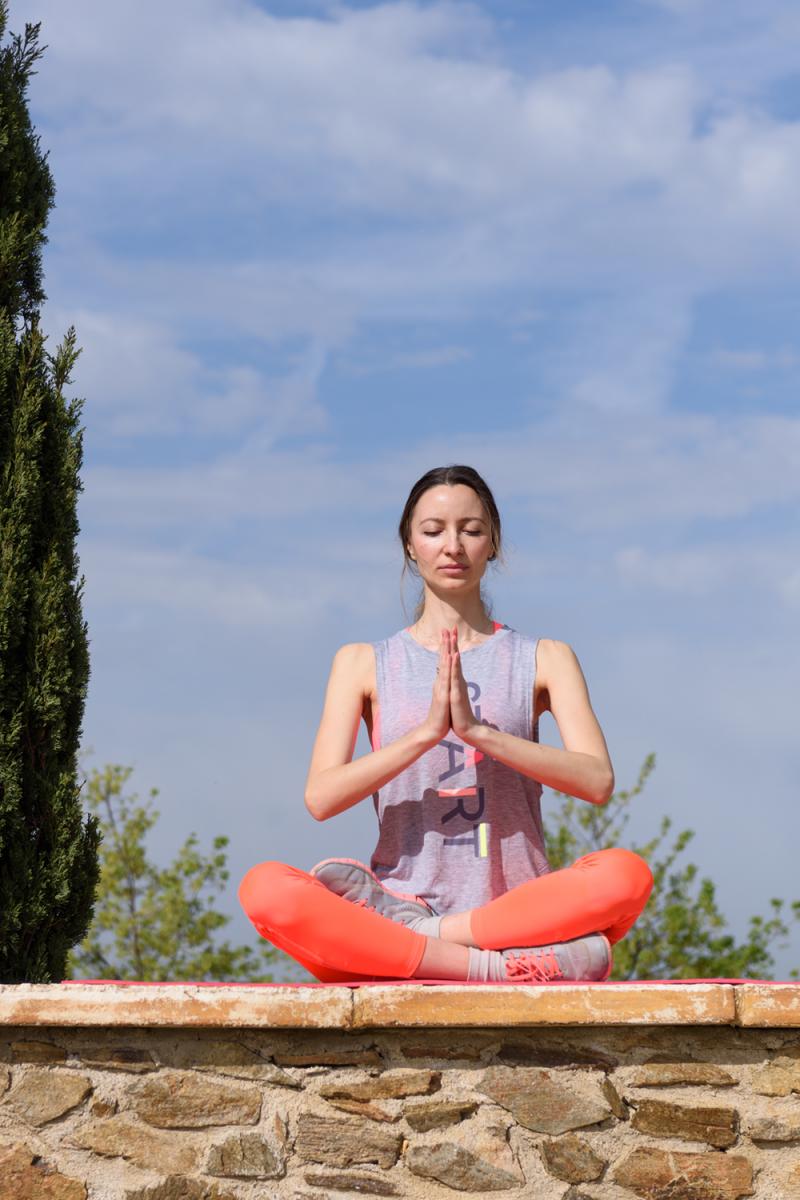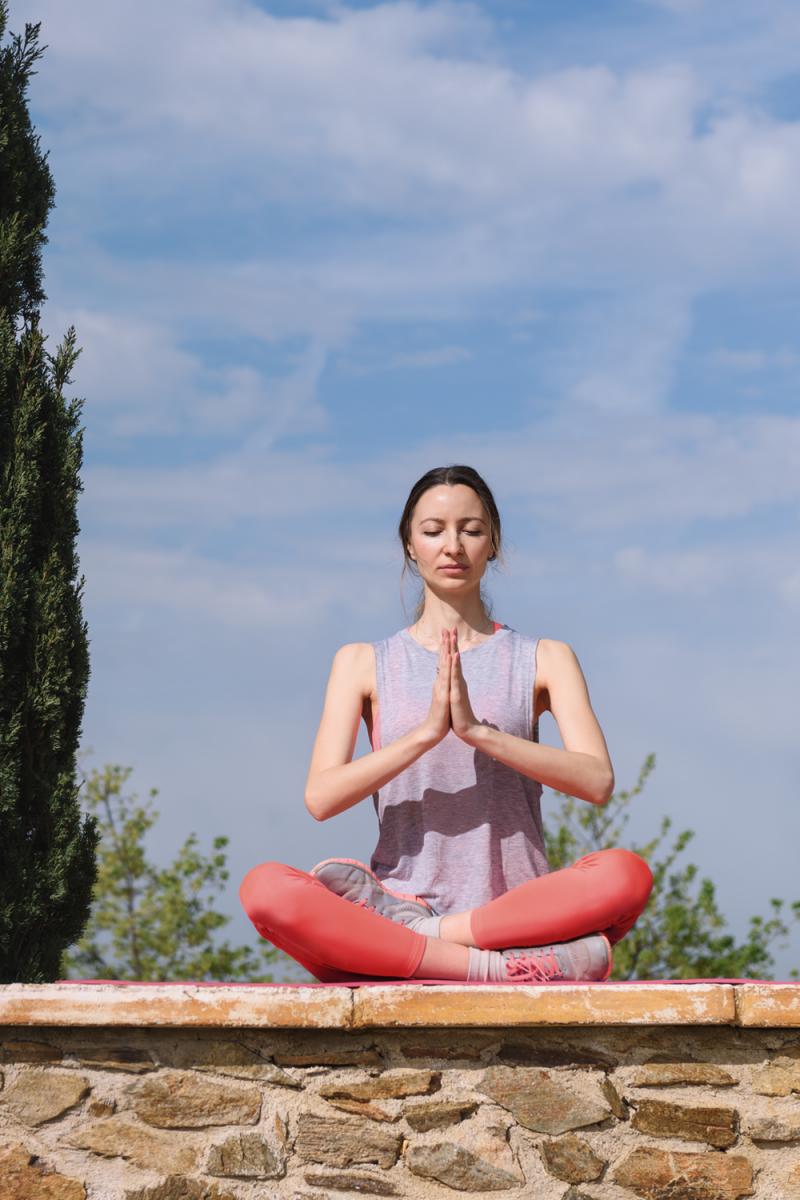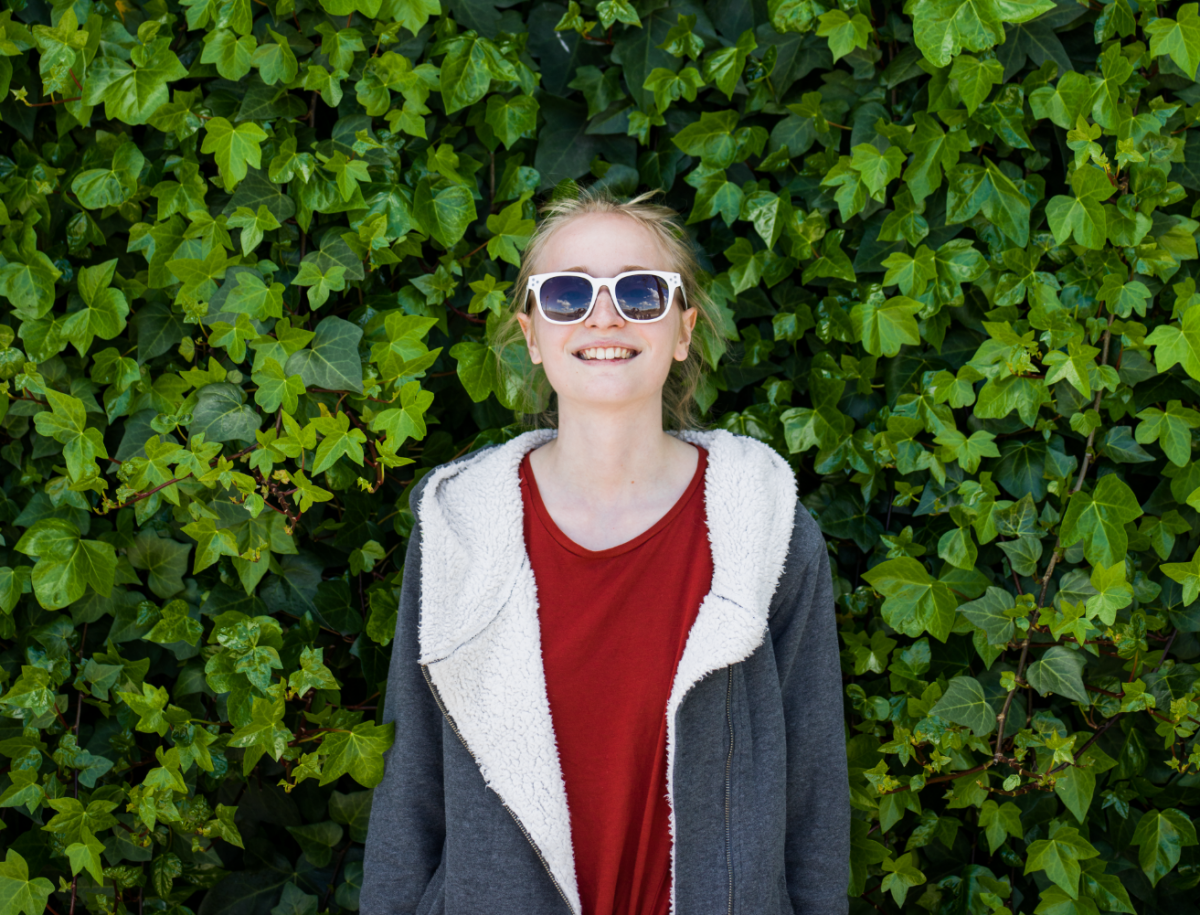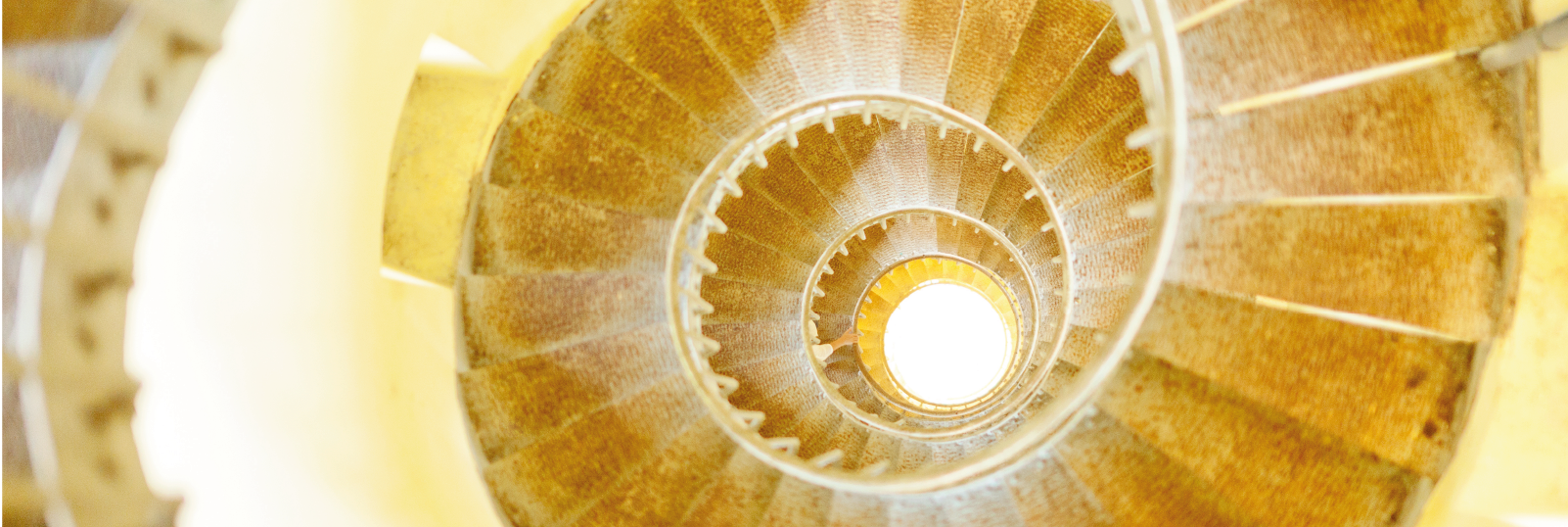Dec 20, 2016
““Awesomeness points” of a shot.”
-
Kirill Kedrinski ,
Photostock

I’m sure you have already read the article about points of health, where we talked about how general and private aspects of our life influence our health. The same theory can be applied to commercial photography. Let’s call this “awesomeness points” of a shot.
You’re given an amount of health at birth, and health points depend on your genetics and your ancestors' lifestyle, but when it comes to photography – there are no awesomeness points in a fresh shot.
Ok, let’s just try to understand why we need this theory and why it should be taken seriously by commercial and stock photographers. First of all, the better the shot, the more valued it is by professionals, i.e. designers, photo editors, etc. Most of the time many photographers do not pay attention to some details. As a result, they think that their shot is good enough; however, if they had paid attention to certain details, it would have been even better and more suitable to be used in commercial photography, it would have been bought for more money or more often, or your work as a photographer would have been valued more.
Let’s have a look at this photo, for instance. Everything is great, but aren’t the wires that cross the sky and go straight to the model’s head and that small bit of foliage out of place? This is a small flaw, but it could, however, spoil the general impression the photo gives. On the other hand, getting rid of these details won’t be a problem even for a not very experienced retoucher.
Let’s put the two shots next to each other – with the extra detail and without. Have a look for yourself – now the photo looks cleaner and nicer. The probability of it been bought is higher.
It is worth taking into consideration that when a client buys your photo, especially for a big amount of money, he would not want to do any extra retouching. Such small details are not always the reason for the shot not to be sold. All in all, if the photograph is what the client needs, he will buy it. But in future, he will remember that your shots need additional processing and that you do not pay attention to some details.
What makes a shot worse:
- First of all, the unwanted details. Of course, it could be just dust on the matrix... And that does look horrible. Also it could be insects that look like dust on a photograph because they were moving. It could be birds in the distance. Many people do not pay attention to these small things - it’s just a bird. But in most cases it can make a shot more cluttered. Don’t you agree that it is much nicer to go for a swim, if the sea is clean, rather than if it’s full of plastic bags, bottles and other rubbish. Is it not so? The same thing happens in photography. It is nicer to see a photo containing elements pleasant to look at and elements that carry some meaning. Wires on the background, loose thread on clothing, separate hairs that are in a model’s eyes, on the face or just sticking out because of the wind or static. Pay attention to the form of the hair as well. It can be hair that bend smoothly and look good. Or it can be broken or zigzag located hair. This does not look aesthetically pleasing.
- Unpleasant colors, excessive in their abundance. People prefer to see calm, natural colors. Fluorescent, too bright, not matching colors can cause the person looking at them to become somewhat irritated. Many photographers are not particularly worried about the number of colors present in the photo and how they look together, how beautiful they are in general. Sometimes you look at your shot and at one of a more successful photographer, and think: this is almost the same thing. The technique looks pretty much the same, but his photo is better! Pay attention to colors. Perhaps, they are the reason. Think in advance about what colors ( clothes, environment, props ) will be in the shot and do not overdo it. 3-4 colors in one shot are enough. Try not to use colors that are too bright or fluorescent, unless the idea or the theme of a shooting demands it.


- Simulated emotions. It's one thing when kids in photos are playing and making faces at each other. Their emotions, of course, are fake, however, it may be a part of the story. Quite a different thing is when adults are making faces in front of the camera. It is either they are standing still with a stiff face, or with grimaces, bending their neck in strange ways, smiling awkwardly, pretending to be dreaming, or some other nonsense. Things that they clearly never do in normal life. In such cases, it would be nice to try and get natural emotions from your models. Either by performing actions and tasks, either through humor or something else. The same story can look absolutely different. On the one hand, mom and dad are looking at the camera with stone faces while the kids grimace, on the other, they can let the kids piggy-back ride them or something and have fun together. You are able to catch the moments of laughter and joy. This is a family together. But in one case it is a kindergarten style photo, and the other is a photo, which makes you have goose bumps.

- The light. Photographers are those who draw with light. The same story can be improved or spoiled by light. Try to avoid dull flat light. For example, when shooting in a studio. Many people put a single source to the right and another to the left of the object, adjust one power or with a slight difference. The result is a flat picture. However, it is possible to play with light, to put it so that shadows and volume appear. You can mess up a shot with the bright day sun, when the shadows from the nose and eyebrows spoil the face. There are a variety of tools to control light, whether it is studio or natural light. Learn to use them. If during a shooting, you cannot control the light, try to fix it in the editor.


- Clothing and style. Clothes are just as likely to support your theme and idea, as to mess it up. In addition, they can hide body flaws, or they can emphasize them. That is why you should manage clothing on the shoot, if the models do it poorly. Help to select clothes. Say what is better or worse. Remember about the subject of shooting, whether the model will have uncomfortable postures and how clothing may get in the way or help.
- Aberrations. These are colored, usually purple or green stripes on objects' edges. When you see the picture on the camera, or even on a good monitor, perhaps aberrations are not that annoying, and you prefer not to waste time removing them. However, when you print your photo on a banner, for example, that same strip will have a width of several centimeters or more. Of course, it will be noticed and it will have a good chance of spoiling the shot or advertisement for your buyer or customer. Think how your works can be used. If it's just Instagram - okay. But if a photo could theoretically be used in print, then you risk spoiling your reputation.


- Form. Sometimes the body and face of a model may not look so good from certain angles. If the photo was good, but a certain part of the model's body does not look aesthetically pleasing, so why not fix it? But you are lazy, and people will hate to see themselves on your photos. Or the buyer of the photo, or your customer may also be disappointed in the picture, where there are similar flaws.
- Composition. There are situations when you cannot make a carefully considered composition when shooting. Perhaps because of the dynamics in the scene or due to uncomfortable shooting conditions. However, don't forget to look closely at the shot while processing and crop it in the editor, if necessary. If you don't think the picture is perfect, just try to cut it from one side or another. Even random cropping can make an ordinary photograph a masterpiece. Sometimes cropping a face or other body parts can give excellent results.


There is a lot more to say about the different details that can ruin a picture, but in my opinion, that will be excessive congestion. I hope my readers are experienced enough to understand what spoils, and what improves a shot. Therefore, the main idea of the article is to show how laziness and flaws can work against you in future. Many photographers see all the flaws alright, but they are unwilling to work in the editor a few more minutes, and the pictures become worse than they could be.
Take any photo. It has 100 points of awesomeness. Wires in the background crossing the sky - minus 10 points. Dust on the matrix - minus 10. Aberrations across the frame - minus 20. So, the picture seemed not bad initially, but not worth a 100 - only 60. Another 10-15 minutes in Photoshop and it would be significantly better.
The moral of this article is: pay attention even to the smallest details. A picture as a whole consists of details. And every detail is as able to perfect a picture as to bury it in the ground. It is very sad sometimes to come across cool photos where only one little detail spoils all the beauty. Don't be lazy, and I wish you more great shots.
The author - Kirill Kedrinski – CEO Milles
Follow us on our social media profiles!
Subscribe to our instagram!
Instagram @mill.es
СохранитьСохранить
|
100+ Fans |
10+ Followers |
 11.000+ Followers |
|
10+ Followers |
10+ Subscribers |
13 Subscribers |
THANK YOU FOR SUPPORT!
Please, Check your mailbox and confirm your subscription within 24 hours via attached link.















Required